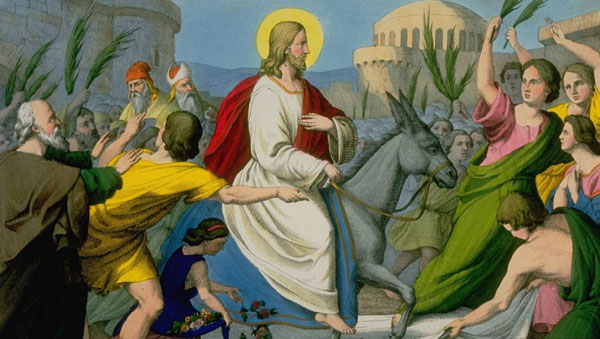
I recently saw a painting of Jesus. He had blue eyes and blond hair. Did the real Jesus really have blond hair and blue eyes? I started to think about some of the other images of Jesus I’ve seen.
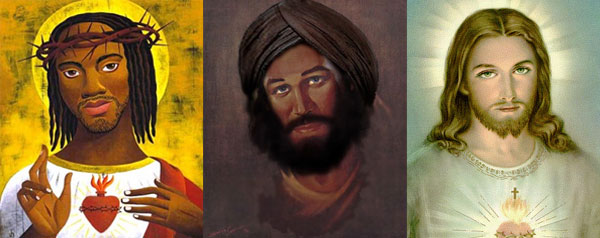
There’s African Jesus, there’s Arab Jesus…And there’s a European Jesus (with brownish blond hair and green eyes). But could there be an Asian Jesus?
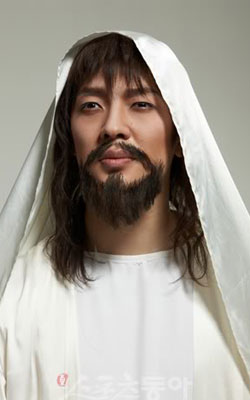
Apparently, I’m not the only one to wonder this. I was watching an episode of Family Guy where Stewie claimed that Jesus was Chinese and that his last name was Hong.
Of course, I wouldn’t take the word of a cartoon, so I started doing some of my own “research” on the subject. I found Asian Jesus’ on MySpace and Facebook. But what I was most surprised to find were the number of images/paintings of an “Asian” Jesus.
Here are some of my favorite:
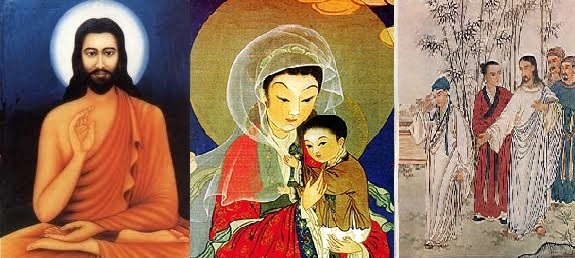
If you’re interested in seeing more Asian Jesus/Christian art, click here.
Other than these images, there isn’t a whole lot on this subject. In fact, there are most sites dedicated to the hypothesis that Asians are descendants of aliens (from outer space) than sites claiming that Jesus was Asian.
But fret not my dear readers! I had to search extra hard for this one but I pieced it all together from various yahoo questions, Wikipedia, and other semi-reputable places.
Jesus was Asian. Sort of.
According to the Gospel of Luke, Jesus was born in Bethlehem. (I should note that there is some controversy as to whether he was really born in Bethlehem or not, but I won’t get into it here.) And Bethlehem is in what is currently known as Israel. You might be saying to yourself: Israel isn’t in Asia!
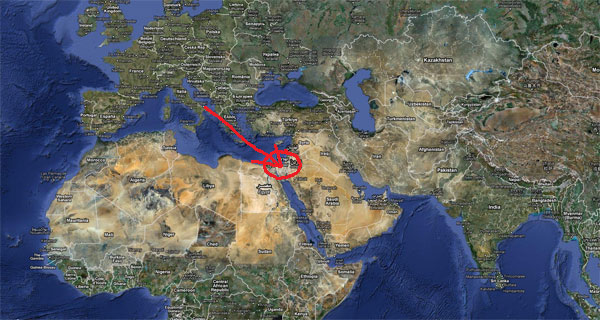
According to Dictionary.com, Israel is “a republic in SW Asia, on the Mediterranean.”
I’m sure you noticed the word “Asia” in that definition.
Okay, so it’s a bit of a stretch. In reality, most scholars believe that although he is from Asia (more correctly Asia Minor or Anatolia), he didn’t look “Asian” as we imagine “Asian” today.
So how did he look? He probably looked similar to the people who currently live in Israel, Lebanon, Syria, and Jordan. According to this Popular Mechanics article, the Arab Jesus (above) is the closest representation we have of what he looked like. I’m going to end this with a quote from that same article that addresses why Jesus is represented so differently in various cultures.
For those accustomed to traditional Sunday school portraits of Jesus, the sculpture of the dark and swarthy Middle Eastern man that emerges from Neave’s laboratory is a reminder of the roots of their faith. “The fact that he probably looked a great deal more like a darker-skinned Semite than westerners are used to seeing him pictured is a reminder of his universality,” says Charles D. Hackett, director of Episcopal studies at the Candler School of Theology in Atlanta. “And [it is] a reminder of our tendency to sinfully appropriate him in the service of our cultural values.”
The last sentence of that quote is the most important. We have a tendency to “appropriate him in the service of our cultural values.” And why is that important? Because the existence of an “Eastern or South Asian” Jesus is proof that Europeans aren’t the only ones who have tried to reframe Jesus in their own image.
- Excited
- Fascinated
- Amused
- Disgusted
- Sad
- Angry








